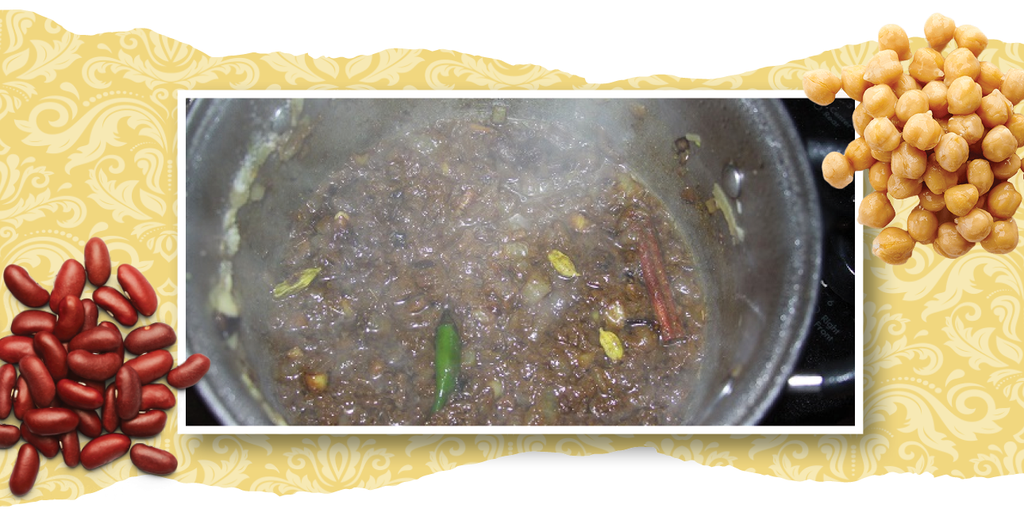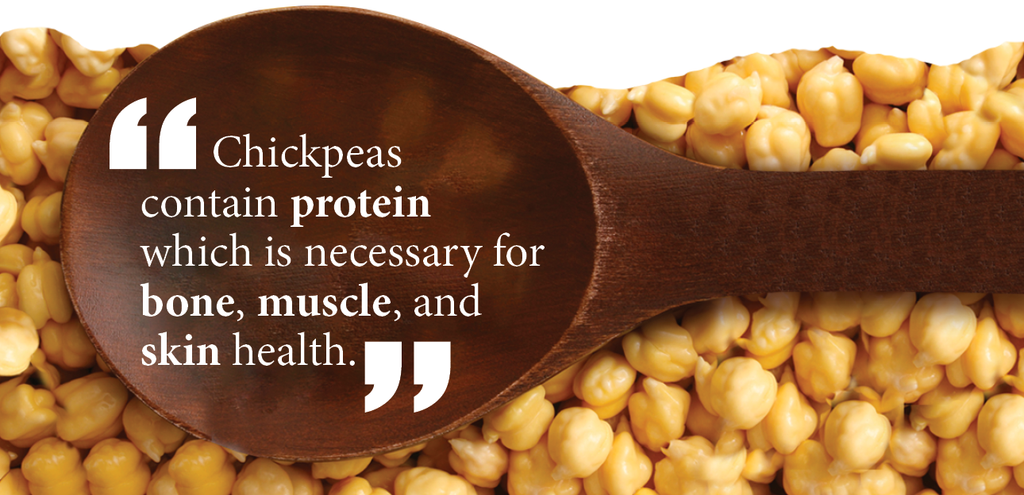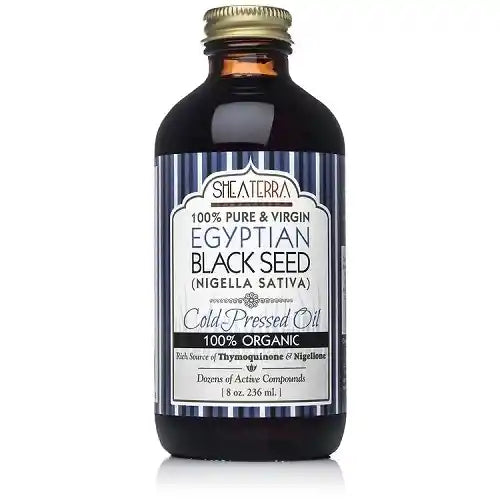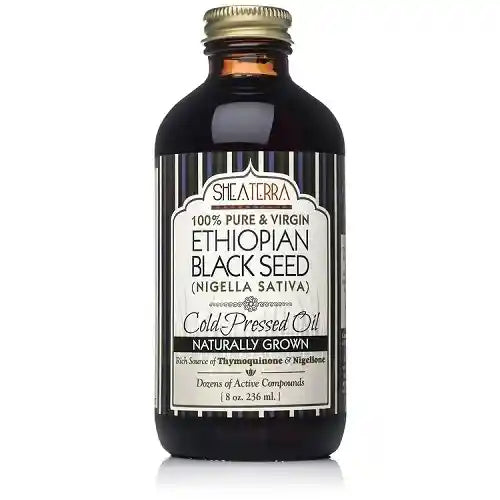
East Africa has traded with India for thousands of years. Its people have married and had families on both sides of the continent. They share many of their cultures as well as their delicious, exotic cuisine. This dish is inspired by the many flavors and cooking methods one can find amongst the East African people. It is generally eaten with freshly cooked flat bread or rice.
My East African Chick Pea & Red Bean Curry is relatively easy to make. Don’t let it fool you. It is so hearty that you won’t miss having meat at all. You can put a dollop of whole or skim yogurt in the middle, although whole milk will give it a fuller flavor.

Serves 4-6
Step 1:
Ingredients you will need:
1 cup dried chick peas
1 cup dried kidney beans
2 tablespoon sea salt
Put chick peas, kidney beans and salt in a stainless steel pressure cooker, and cover with water until the water is four inches above the beans. If you have an aluminum pressure cooker that will do, but aluminum pots are known to leach aluminum into the food. If you don’t have a pressure cooker I highly recommend getting one. You can cook the beans without one, but it would take more than an hour and require soaking the beans overnight ahead of time. If you prefer to use canned beans you can use one 16 oz. can of each, but the taste will never match fresh cooked beans, and the beans will not be nearly as healthy.
Turn the heat on high until the pot starts steaming. As soon as the pot starts steaming decrease heat to medium low and allow to cook for 20 minutes. If the beans are not tender when you finish cooking, then bring to a steam for another 5-10 minutes. While the beans are cooking prepare the rest of your ingredients.
Step 2:
Ingredients you will need:
3-4 tablespoons cooking oil (can use canola, olive or red palm)
1 large onion (any variety will do)
3 cloves garlic
1 chili pepper (the variety you choose to use will determine the heat of the cooked dish, if you want medium choose a small to medium green chili pepper. If you want very hot choose a small red Thai type of pepper. For extra hot add two.)

Finely chop garlic and onion. Heat oil in large sauce pan. Oil should be hot but should not steam. Add chopped ingredients to pot along with chili pepper. Stir frequently until mixture is browned. This is done on rather high heat. The goal is to dry out the mixture, and then add a small amount of water to moisten the mixture.

Dry out again. The goal is to dry out the mixture to get it to fully cook without it sticking or burning. Water is added periodically and the mixture is allowed to dry about four times. While you are cooking the mixture start measuring your spices (this can be done ahead of time but for fluency of the recipe I have added this part to step 3).
Step 3:
Ingredients you will need:
5 whole cloves
5 green cardamom pods
3 black cardamom pods
2 tablespoons black cumin seeds
1 three inch cinnamon stick
Don’t let these ingredients scare you. They can all be easily purchased from a local Asian/ Indian store. If you don’t have one of these stores nearby then that is absolutely fine, because these ingredients are very easy to purchase online from places like Amazon.com. Add the whole spices to the onion mixture. Stir well. Again add a little water to give a chance for the whole spices to cook. Again you want to get the mixture dried out while stirring, and then add a little water again. Do this about 4 times. Do not add too much water or the mixture will be difficult to dry out.

Step 4:
Ingredients you will need:
3 tablespoons ground coriander
2 tablespoons ground cumin
1 teaspoon ground turmeric powder
2-3 tablespoons sea salt
Incorporate the powders into the onion mixture. Stir well. Here we want to stir-fry the powders. We actually want to cook the powders as opposed to keeping them raw in the food. The reason being when spices are not cooked they give a curry a sort of raw, bitter taste. If you have ever eaten at an Indian recipe and the flavor doesn’t sit well on your tongue, it may be that they don’t cook their spices before-hand. A lot of people don’t do this step, and it makes all the difference in the final smoothness of the flavor. While you are cooking the spices you can do Step 5 at the same time or turn off the heat.
During the cooking of the powdered spices the mixture will require a little bit more water. You want the mixture a little sloshy while you cook it on medium high heat. Cook it down to a dry paste, then add water to make it sloshy and cook it down again. Do this about three times. Once you master this technique it will be a breeze for you. This step is not as difficult as it sounds and is an essential step in curry making.
Step 5:
Ingredients you will need:
4 very ripe plum tomatoes
5 curry leaves
Finely chop the tomatoes. I prefer to chop the tomatoes rather than puree them in a processor. If you like to puree them that is fine. I never use canned tomatoes in any form in my cooking. They are not as healthy as fresh tomatoes, and they don't give food a fresh taste. You can substitute with other tomatoes if you need to, but the taste and texture might turn out different. Plum tomatoes are very meaty, less juicy. Beefsteak type tomatoes might give the final dish a sourer flavor.
If you turned the heat off turn it back on to medium high. At this stage your mixture should be dry. Add the chopped tomatoes to the onion mixture. For about two minutes you will need to keep stirring the tomatoes to make the tomato mixture dry. When it becomes dry add a little water and cook down to dry again. Each time you do this with the mixture you are building up and intensifying the flavor. Add in the curry leaves. Keep drying and watering the mixture until you form a nice spaghetti type sauce. You will continue the process until the mixture is dark red and smooth and the oil sort of separates from the mixture. You will want the final mixture to be about the consistency of marinade, and at this point you can turn off the heat.
A note about curry leaves: True curry tastes nothing like curry powder which was an invention of the British. Curry leaves taste nothing like curry powder. Curry leaves add an absolutely delicious flavor to curries. The taste is indescribable and the fragrance is almost as delicious as the taste. You can omit curry leaves if you cannot find them at a local Asian store, but if you can they are well worth giving a try. Soon you will find you will want to add them to everything.
Step 6:
Add the strained, fully cooked chickpeas and kidney beans to your tomato sauce. Add a little water if the sauce seems too dry. Simmer for about ten minutes to incorporate the flavor of the sauce into the beans. Add salt if you feel you need more. Turn off heat. Pour into a fancy serving bowl. Add a few sprigs of fresh coriander or mint on the top if available. A round slice of lime will do otherwise. When served into individual a dollop of yogurt can be added to the middle. Serve with freshly heated flat bread or your choice of rice. In some countries this dish would be eaten with chapatti, fufu (sadza), or injeera which we will make in other recipes.





